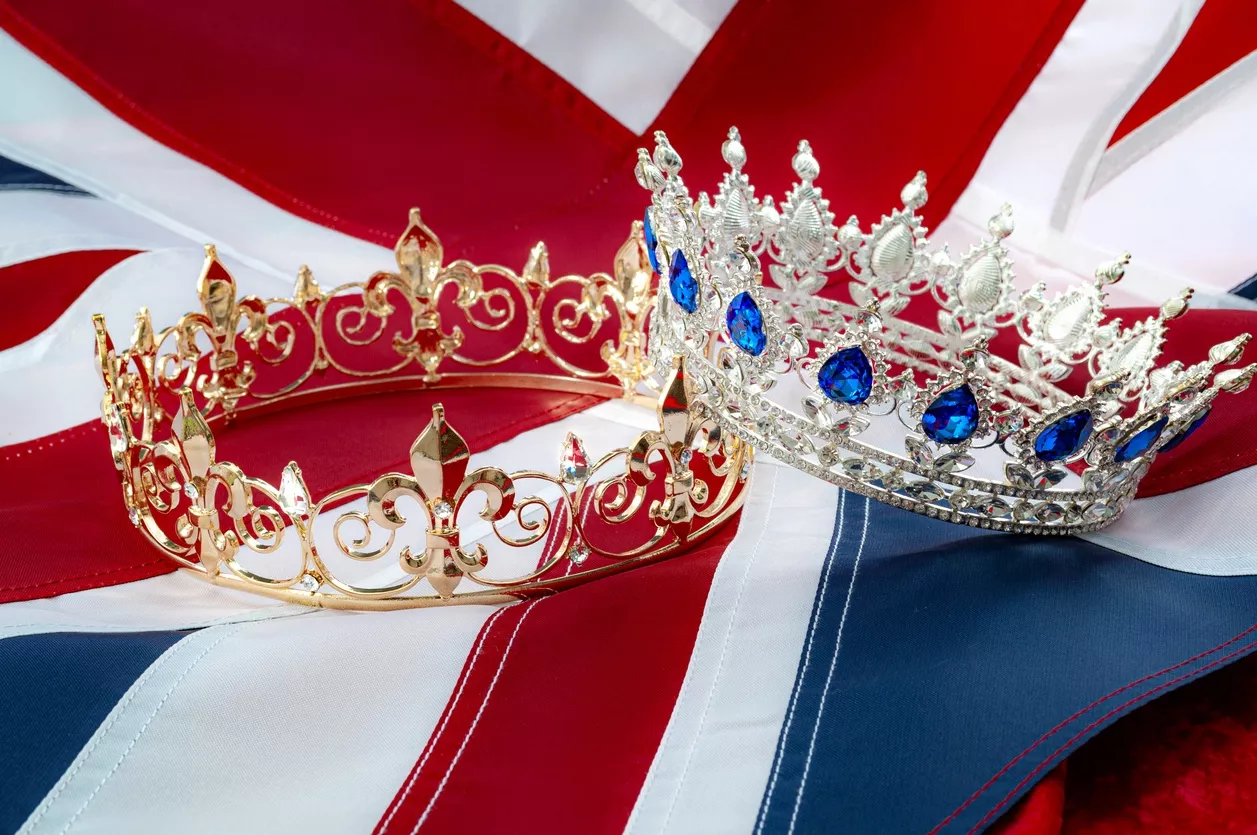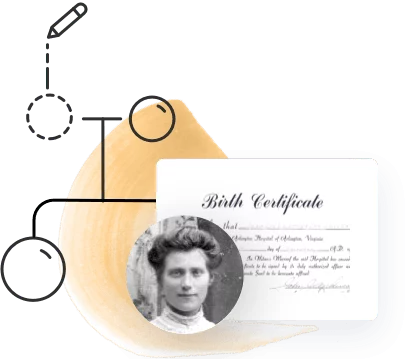
Royal ancestry is one of the more exciting finds you might hope to make during your genealogy journey. The good news is, if you’re descended from royalty, you’re likely to come across this information fairly easily. There is just a lot more material available about upper-class, well-known historical figures than about your average peasant. So the best way to find out if you have royal ancestry is simply to do your research well.
Search historical records on MyHeritage
To be more specific:
- Research all your family surnames carefully.
- If you find records indicating where your ancestors lived, look up those residences and see if they are associated with royalty.
- Search for your family members in record collections that are specific to nobility and other notable historical figures.
Do this, and if the connection is there — you will find it.
That said, here are some additional points to consider:
Use Geni to find connections to historical figures
The pedigrees and family trees of nobility and royalty were often maintained meticulously, and it’s a bit of an international hobby to take a look at the ancestry of popular figures and politicians. If you can trace your line back to a figure who is a known descendant of royalty, obviously that means you’re a descendant of royalty too!
The MyHeritage research team uses the Geni world tree to research celebrities’ backgrounds. If your Geni profile is connected to the Geni world tree, you can search for historical figures and check to see how they are connected to you.
To find out if you’re connected to the Geni world tree, log in to your Geni account and visit the world tree page. Check the Statistics box on the right. If the number of people you’re connected to is in the millions, that means you’re connected to the world family tree.
To find a potential connection to a public figure, use the search box at the top of the page. On their profile page, you’ll see a button that allows you to check your connection to that figure. The search may take a few minutes. If successful, it’ll tell you exactly how you are related to that person, and you’ll be able to see the relationship path.
Be cautious, however; the tree was built by other users, not professional researchers, and there may be errors. You’ll have to verify each step of the relationship path to ensure that you are, indeed, related to the figure as reported.
Keep an eye out for these British royal surnames
According to Philip Turvey, executive director at Anglia Research, certain old-fashioned surnames were maintained for centuries because of their connection to high status and royalty. If you have any of these surnames in your family, it’s likely that you are related to royalty:
- Baskerville
- Darcy
- Neville
- Percy
- Astley
- Capell
- Bryon
- Clifford
- Herbert
These are just a few of the most common ones, so be sure to check out more comprehensive lists of names before ruling your own family surnames out.
Follow the paper trails
Most countries didn’t start documenting all residents until at least the late Middle Ages or early Renaissance period. However, due to the status and wealth of royals, it’s much easier to find documentation of them if you look in places other than regular church or citizen records. Sales records, land and ownership records, and other historical documents may help you trace your family back much further. Census records might help you associate your ancestors with royal residences. Don’t dismiss a historical record collection because you think it might not help you — you never know what clues you’ll gather in unexpected places.
Don’t forget non-European royalty
Europe was not the only place with powerful rulers! If you have roots elsewhere, such as central or east Asia, South America, or North Africa, you could be related to such figures as Genghis Khan, King Tutankhamun, or one of a number of Chinese emperors.
A genetic study published in 2003 found that one in every 200 men all over the world are directly descended from Genghis Khan, the 12th-century Mongolian emperor who founded what became the largest contiguous empire in history. Research has also found that many people in Peru are descended from Atahualpa, the last Incan emperor. Scientists at iGENEA, a DNA genealogy center based in Zurich, reconstructed King Tut’s DNA and found that half of all men living in western Europe are related to him — including 70% of men in Great Britain!
Honestly? You probably do have royal ancestry
Here’s the whole truth: it’s actually pretty unlikely that you don’t have royal ancestry.
It’s simple math. Each generation you go back, the number of ancestors you have doubles. If you go back 10 generations, that’s already 1,024 ancestors. If you go back 20, you’re at 1,048,576! Yale statistician Joseph Chang showed that when you trace ancestral lines back far enough (for example, 32 generations or 900 years), you’ll find that everyone alive today has at least one common ancestor. He also showed that in Europe, you only have to go back 600 years to reach that point.
Add to the mix that royals and other wealthy, high-status members of society probably had a higher fertility rate and their babies were more likely to survive. They had access to better living conditions than most of the population, and were more likely to marry and have kids with healthy spouses.
Also, through much of history, even in conservative Christian societies it was seen as inevitable that high-status men would have extramarital affairs, and these men in power were able to sleep with whoever they wanted. Why do you think Genghis Khan had so many descendants? Unpleasant as it is to think about, raping and pillaging was part of the Mongol strategy. He probably got to choose the most beautiful women from every village he conquered, and given that he conquered a huge chunk of Asia and Eastern Europe… that’s a lot of villages. And a lot of women. Many of whom likely became pregnant and had his babies.
The point is, there is a high likelihood that if you go back far enough, at least one of the millions of ancestors you had in a given generation was royal or descended from royalty.
It’s finding out exactly how that’s the hard part. Hopefully, the information above can help you get off to a good start.





